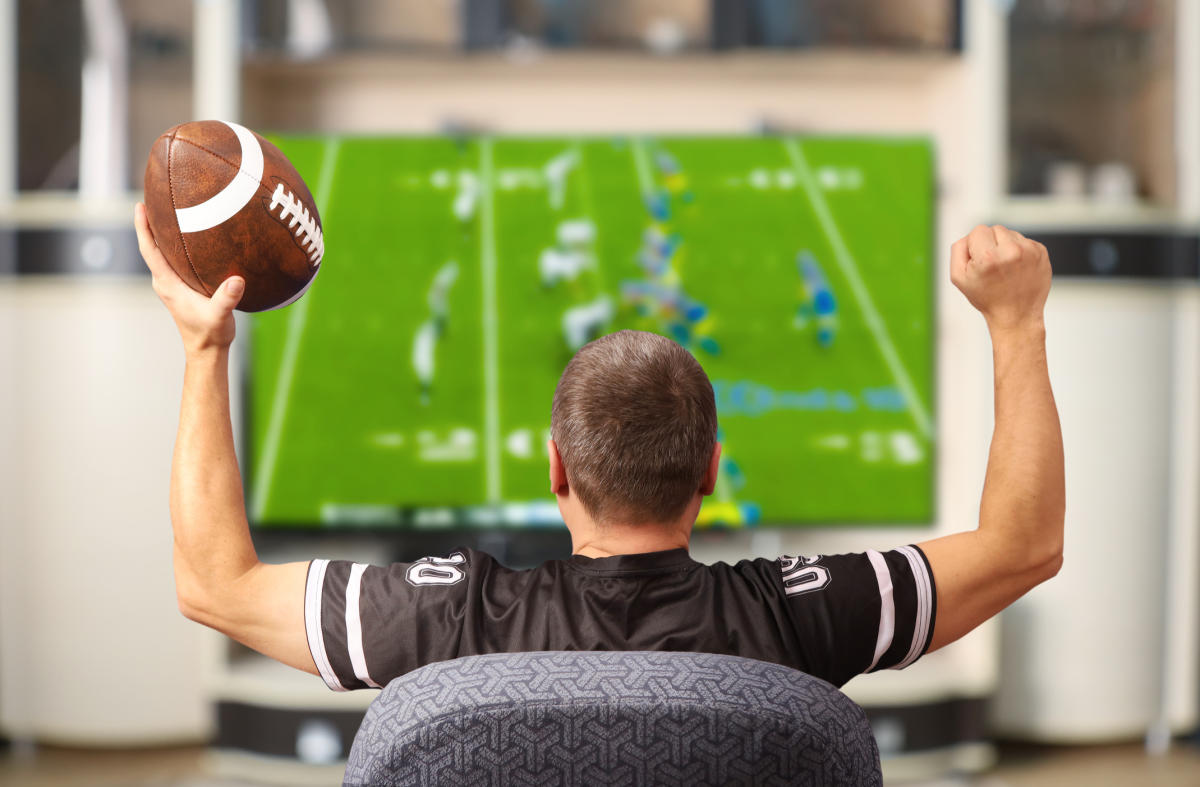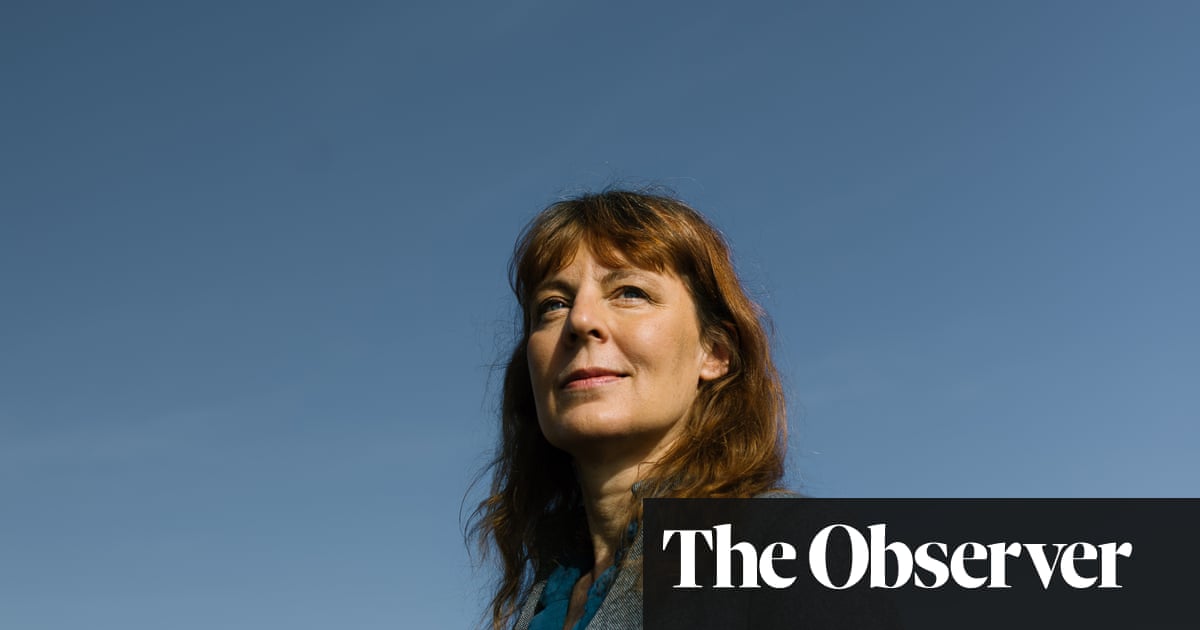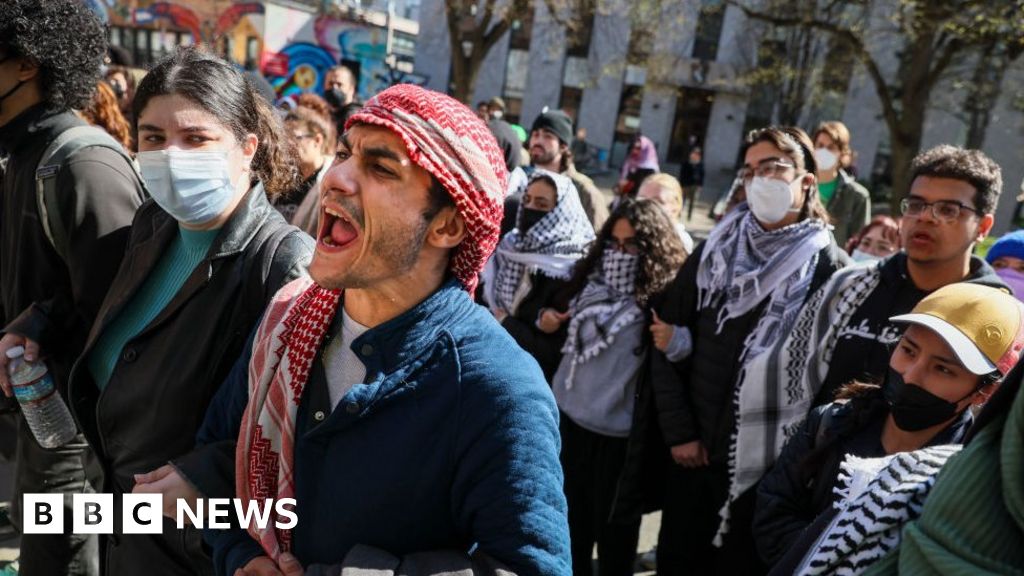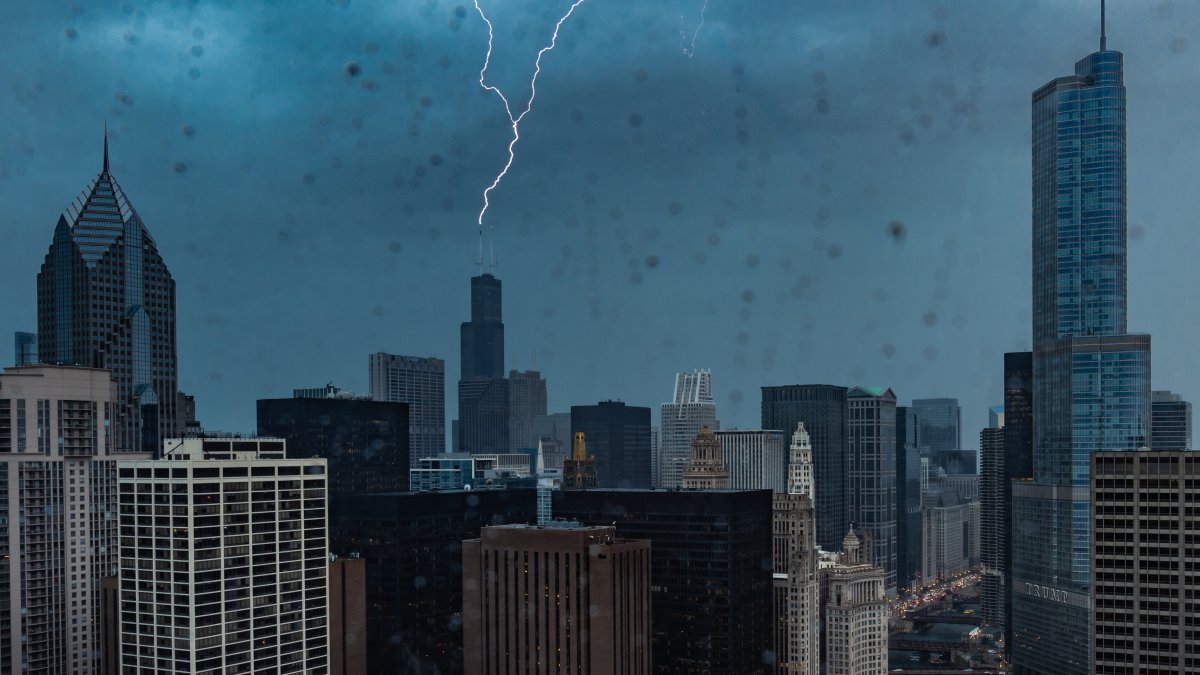Dozens of advertisers will flock to Super Bowl LVIII this Sunday, ready to pay out a small fortune to CBS in a bid to grab some attention. But they won’t crave as much of that valuable recognition as they might have just a few years ago.
The Super Bowl has long offered Madison Avenue an arena where risk taking is welcome. In 2015, for example, Nationwide ran a commercial during Super Bowl XLIX that told a story from the viewpoint of a child who was already dead, while the portable-power company Mophie offered a spot showing God letting the Earth tilt into apocalypse because his smartphone battery was dead. Neither ad won hearts and minds that night, but the marketers felt they had permission to try and spark conversation.
More from Variety
In 2024, chatter is exactly what Madison Avenue fears most.
While some commercials that run in CBS’ Feb. 11 broadcast of Super Bowl LVIII may shock or surprise, most will aim to comfort or amuse, as marketers pull back on pushing the envelope. The bulk of the 70-or-so Super Bowl commercials that run will rely heavily on celebrities such as Kate McKinnon, Tina Fey, Jason Momoa or LL Cool J. Few of them will expand beyond the usual 30-second or 60-second running time, according to two people familiar with the matter — a change from recent years when the Big Game featured commercials 90 seconds or even two minutes in length to encompass big concepts and cameos, such as Bruce Springsteen appearing in an ad for Jeep. And some may tap into consumers’ collective memories for such things as Budweiser’s famous Clydesdale horses or the Coors Light Chill Train.
“Life generally is more difficult for consumers. They are more constrained,” Michelle Deignan, vice president of U.S. Oreo operations, part of Mondelez International, tells Variety in an interview. Oreo is returning to the Big Game for the first time in years and will rely on a commercial that features a cameo appearance by Kris Jenner and a humorous look at how people used the twist of an Oreo cookie to make big history-making decisions. “I think you’ll see those brands that lean into nostalgia, humor, emotion at the Super Bowl … those brands will resonate with the consumer.”
It’s true, the average consumer has in recent years been beset by existential issues ranging from the fate of the planet to a global pandemic and a roiling global economy. The average viewer may simply want some relief. But the Super Bowl audience also has unprecedented access to react negatively to commercials in ways advertisers in the past never contemplated. Those remarks, tossed out on social media and amplified by others, can prove extremely harmful to big brands.
“Advertisers are very aware that things can go wrong at the Super Bowl,” says Tim Calkins, a professor of marketing at Northwestern University’s Kellogg School of Management, who has studied Super Bowl commercials with his students for years. Thanks to social media, he says, marketers realize that any ad can “manage to annoy people or cause backlash. Nobody wants to put their career on the line with a certain piece of Super Bowl footage. There is a huge incentive to be cautious.”
No one knows that better than the advertiser that has been the Super Bowl’s most stalwart sponsor.
Anheuser-Busch InBev has spent months grappling with the aftermath of a well-intentioned marketing boost for Bud Light that had unintended results. The company in the first quarter of last year sent personalized cans of Bud Light to various influencers, including Dylan Mulvaney, a TikTok star and transgender advocate. The move was part of a bid to bring new, young consumers to Bud Light and broaden the brew’s customer base. But it was seized upon by right-wing media, which spurred boycotts, diminished sales and a decision to put on leave two marketing executives who oversaw the effort.
This year’s Super Bowl ad from Bud Light’s sibling, Budweiser, depicts a scenario in which the Clydesdale horses help bring beer to a bar in a storm that has knocked out power — a return to how things worked in the past. The song that plays in the background? The rustic Band tune “The Weight.” Anheuser-Busch no doubt hopes the whole thing takes a load off.
“There is so much that is going on. We are stimulated all the time, and going back to basics and delivering things the old-school way is really something that consumers are looking for,” says Kristina Punwani, the executive who heads up marketing for Budweiser in the U.S.
There’s less interest in challenging the Super Bowl audience with a surprise or talk of politics because the cost of getting into the game has skyrocketed in recent years. Paramount Global has sought between $6.5 million and more than $7 million for a package that includes a 30-second ad on CBS, and ad time on simulcast via Nickelodeon and the Paramount+ streaming service.
“The investment is so high, and the attention is so great that you have to be a very brave marketer to take a big creative risk on the Super Bowl today,” says Calkins.
Wariness of outraged consumers with itchy, clicking fingers isn’t the only factor behind the tilt toward more tepid Super Bowl advertising. Several players who typically like to stir things up are missing from this year’s lineup.
Barring last-minute changes, automakers Stellantis and General Motors are not likely to show up in the Big Game — according to two people familiar with the matter — crimped, perhaps, by last year’s autoworkers strike. In recent years, GM has sparked attention for commercials that use Will Ferrell, the cast of “Austin Powers” or members of the HBO series “The Sopranos” to tout electric vehicles. Last year, General Motors even ran a commercial with Netflix that spotlighted both its EVs as well as Netflix series — an unusual maneuver. Stellantis, meanwhile, has captured notice with extra-long ads that have featured Bob Dylan and Clint Eastwood, among others.
Also diminished is the presence of first-time Super Bowl advertisers who might cause trouble. TV networks have in recent years seen an influx of upstart marketers and digital players buying an ad in a big TV property for the first time. The ranks of these inexperienced frosh have included 84 Lumber, which ran a spot in 2017 that played off the difficult lives of immigrants coming to the United States over its southern border.
But the rookies in this year’s Super Bowl ad game have lots of experience. They include Popeyes, the veteran chicken chain; the chocolatier Lindt; Nestle’s Drumstick ice cream treats; and Ferrara Candy Co., the makers of Nerds. Food and consumer-goods companies are known for their intense marketing discipline and desire to avoid upsetting audiences.
At least two advocacy organizations will appear in Sunday’s Super Bowl to discuss sensitive issues. He Gets Us, a religious organization that aims to spark new connections with Christianity, will run two ads. And The Foundation to Combat Antisemitism, an advocacy group backed by New England Patriots owner Robert Kraft, will run a 30-second spot that urges people to stand up against prejudice and hate toward Jews. But no political campaigns have purchased national ad time, according to two people familiar with the situation.
Many of this year’s Super Bowl ads will get people talking or laughing. But that’s it. Some of the event’s dazzle may be gone, at least for now. “Overall, there will be good advertising,” says Calkins, but “I doubt we will be blown away.”
Best of Variety
Sign up for Variety’s Newsletter. For the latest news, follow us on Facebook, Twitter, and Instagram.

Carol Dennis is an entertainment aficionado with an eye for all things pop culture. She dives into the glitz and glamour of the entertainment industry, from movie premieres to music festivals. Carol’s passion for storytelling extends beyond her reporting, as she’s an aspiring screenwriter in her free time.








